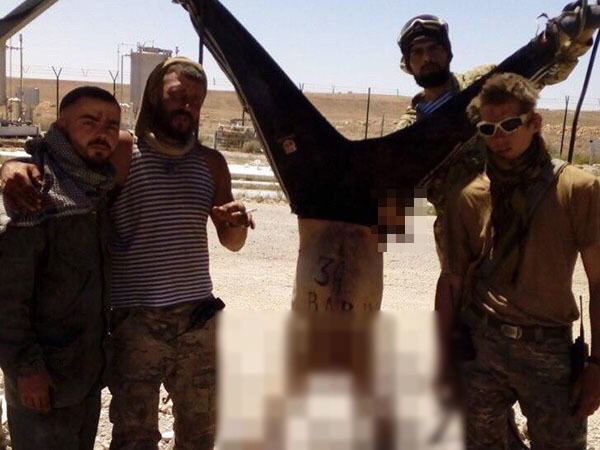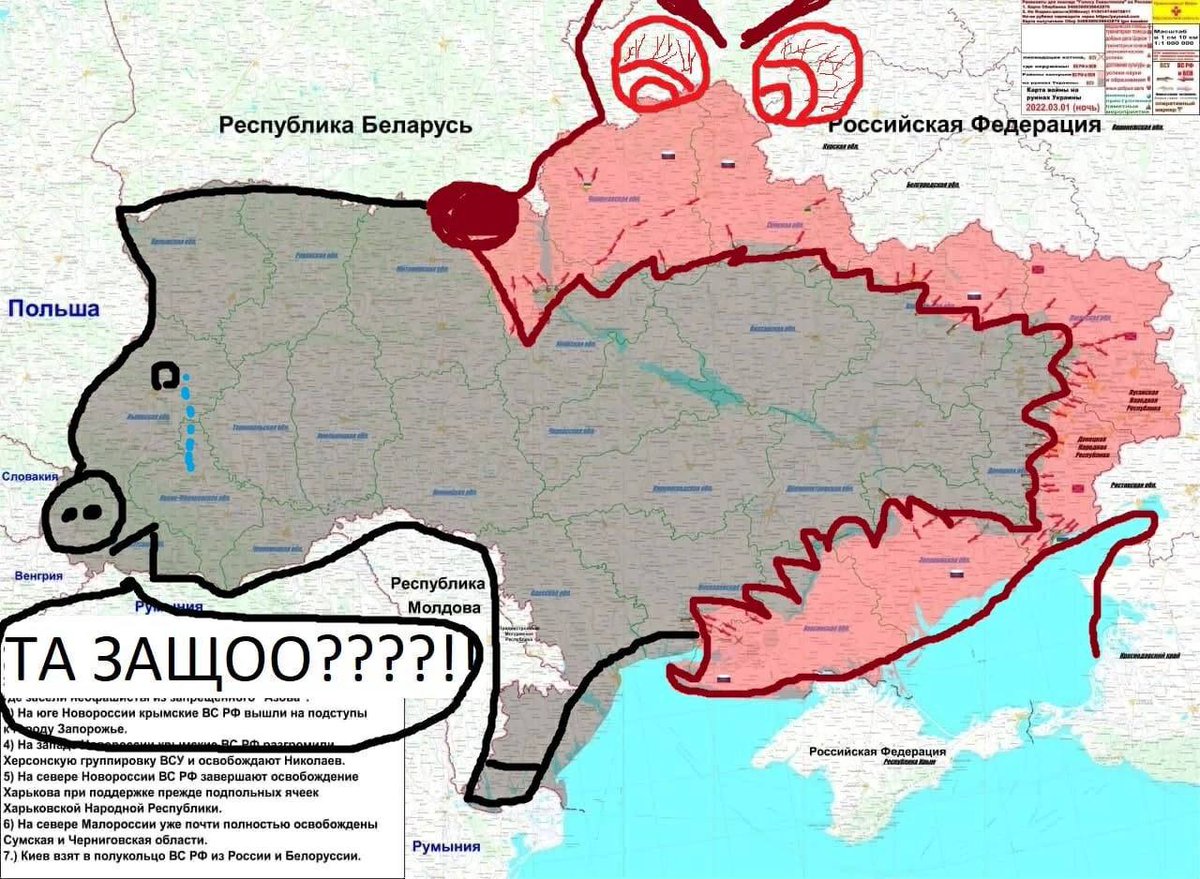How Z propaganda looks?
That's an art from a pro-Russian, pro-Z telegram channel. Double crossed sign says "люди" (humans), implying Z-soldiers are not. That's how Russian propaganda portrays its own soldiers. Late Putinism has very morbid, necrophilic vibes
That's an art from a pro-Russian, pro-Z telegram channel. Double crossed sign says "люди" (humans), implying Z-soldiers are not. That's how Russian propaganda portrays its own soldiers. Late Putinism has very morbid, necrophilic vibes

Some didn't believe it's actually pro-Russian Z art. That's understandable. Everything unusual is dismissed as false. People judge reliability of info they get according to their common sense which is nothing more than a set of (wrong) assumptions of how this world works
Here is a link to a Z-channel where you can find a lot of examples of late Putinist aesthetics t.me/russia_sof
Z-propaganda often refers to the deeds of the Wagner mercenary company Putin used in Syria, Africa and now uses in Ukraine 

Well, they are referring to this. In Syria one of Assad's Syrian soldiers tried to desert. So Russian Wagner mercenaries tortured him to death. They beat him with hammer, cut off his hands and head with a saw. They liked it so much that it became a favourite Russian military myth 

Here you see how Wagner mercenaries are torturing and mutiliating Assad's soldier who attempted desertion. Warning - it's really graphic content
What is now happening in Ukraine is not an accident, it's not some misunderstanding that can be solved through "talk" or "communications". Russian militarism evolved to the purest sadistic unconstrained evil. It must be broken 

• • •
Missing some Tweet in this thread? You can try to
force a refresh












